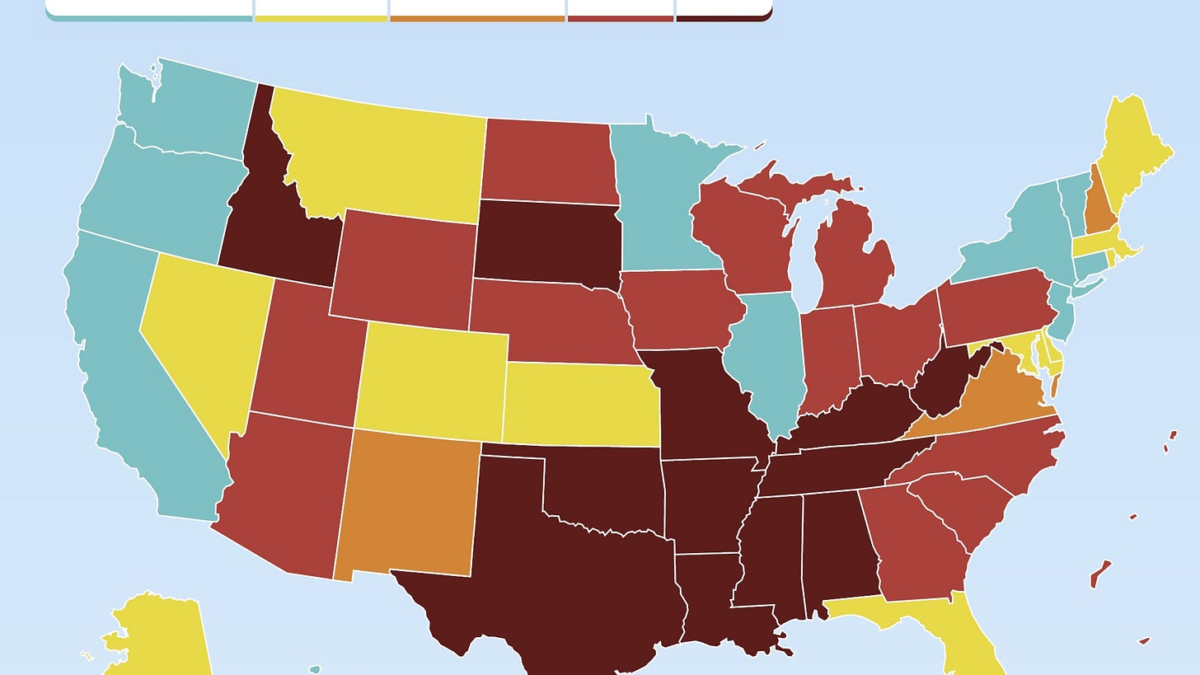Marine life soaking up radiation along Fukushima coast
[Greenpeace folks have posted their radiation measurement data here: Radiation survey – Fukushima.] By Greg McNevin
26 May 2011 Two week’s ago we released preliminary results from our marine radiation monitoring work off the coast of Japan, near the melted-down and leaking Fukushima Daiichi nuclear plant. These results showed worrying levels of radioactive contamination in seaweed – a staple of the Japanese diet. After having difficulties finding a lab in Japan to do detailed analysis, we sent samples of seaweed, fish, and shellfish collected by our radiation monitoring teams both onshore and on the Rainbow to professional labs in France and Belgium. The results of the details analysis are back – and we can say that the situation in the ocean along the Fukushima coast is worse than we originally thought. The new data shows that some seaweed contamination levels are not only 50 times higher than safety limits – far higher than our initial measurements showed – but also that the contamination is spreading over a wide area, and accumulating in sea life, rather than simply dispersing like the Japanese authorities originally claimed would happen. Other samples showed lower than expected concentrations of caesium, but much higher levels of iodine than expected, which raises serious concerns that contaminated water is continually leaking from the nuclear plant. Iodine has a short half-life of around eight days, comparing to caesium isotopes’ half-lives of two years or more. Having higher iodine levels than caesium indicates that there is a significant, ongoing discharge of contaminated water coming from the damaged plant – despite the authorities only officially admitting to three releases into the ocean to date. This could have severe, prolonged effects on the marine ecosystem and all those that rely on it for their livelihoods. Most of the fish and shellfish we sampled were found to contain levels of radioactivity above legal limits for food contamination, which is just one of the multiple, chronic sources of radiation exposure those living in the greater Fukushima area are faced with. In April, the authorities raised official limits for levels of radiation exposure to 20 mSv per year for everyone – including children. However, this only accounts for external exposure – radioactive materials that are ingested, inhaled or absorbed through the skin increase exposure and the risk of developing cancer and other radiation-related illnesses. …


You write:
"Iodine has a short half-life of around eight days, comparing to caesium isotopes' half-lives of two years or more."
There are about 40 or more Caesium isotopes. Half-life is anywhere from hours, to 2.3 million years (Cs 135).
Since this issue is VERY serious, please provide the information accurately to the concerned people of the World. –> Which Isotope did you find?
Hi C.A.M.,
This press release is from Greenpeace and written by Greg McNevin. You can contact him at greg.mcnevin@greenpeace.org or
+81 80 3930 3341.
Please let us know what you find!
Jim
Or you can just check out the data on the radiation survey page.
Looks like they're testing for the following isotopes in seaweed:
Ag-110
Te-129
Cs-134
Cs-136
Cs-137
Ba-140 / La-140
And just I-131, Cs-134, and Cs-137 in fish.